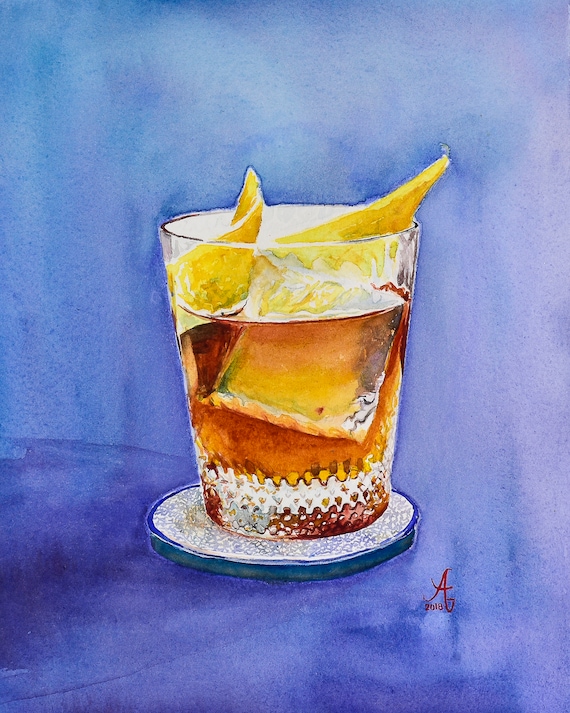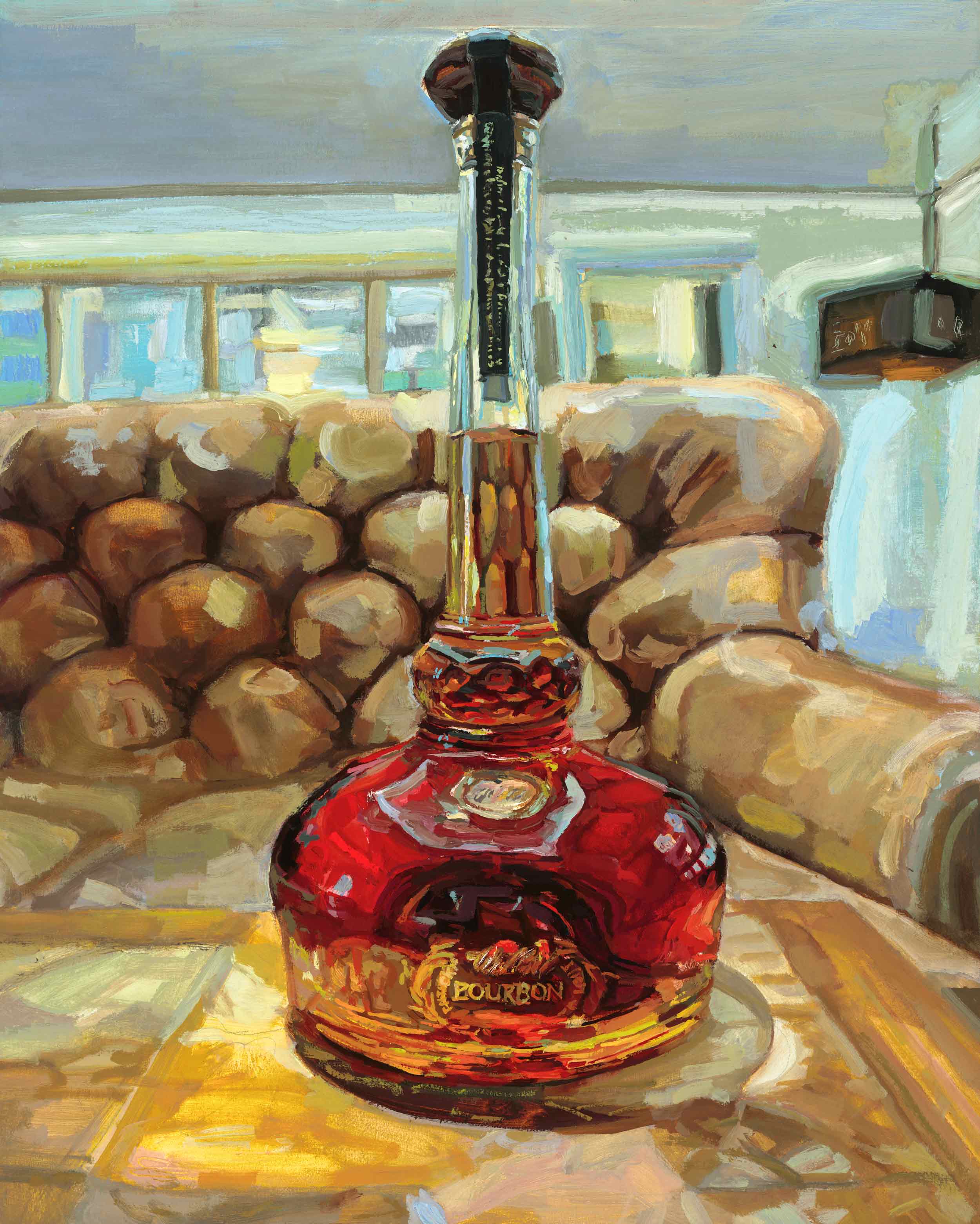Limited Edition Bourbon Art: Why Collectors Are Gathering to Distinct Finds
Limited Edition Bourbon Art: Why Collectors Are Gathering to Distinct Finds
Blog Article
The Importance of Whiskey Art in Celebrating Heritage and Workmanship in the Beverage Industry
The elaborate relationship between bourbon art and the celebration of heritage and workmanship within the beverage market can not be overemphasized. Via thoughtfully made labels and bottles, bourbon brands encapsulate their historical roots and the artisanal skills that specify their production techniques.
The Historic Roots of Whiskey
At the heart of whiskey's attraction exists a rich tapestry of historical roots that map back to old worlds. The origins of whiskey can be connected to the distillation techniques of the Sumerians and Babylonians around 2000 BCE, where very early types of fermented grain drinks began to emerge. Nevertheless, it was in the Center Ages that the art of distillation evolved significantly, particularly in Ireland and Scotland, bring about the production of bourbon as we recognize it today.
The term "whiskey" itself originates from the Gaelic word "uisce beatha," meaning "water of life." This phrase highlights the cultural significance of bourbon in Celtic societies, where it was frequently related to rituals, events, and communal bonding. By the 15th century, purification ended up being a recognized craft within reclusive communities, paving the means for the establishment of legal distilleries.
As trade paths increased, bourbon's popularity expanded, going beyond regional limits and catching the passion of connoisseurs worldwide. Whiskey Art. This historical trip mirrors not just the workmanship behind whiskey production yet additionally its important role in social and social contexts, noting it as a significant drink throughout history
Artistic Expression in Branding
Scotch branding stands as an engaging intersection of artistry and commerce, where aesthetic identification plays a crucial role fit customer assumption. The appearances of scotch tags, packaging, and advertising materials show not just the brand's tale yet likewise its core values and heritage. Through artistic expression, distilleries convey a narrative that reverberates with consumers, stimulating emotions and triggering links.
Using shade, typography, and images in branding offers to separate items in a saturated market. For example, typical concepts might stimulate a sense of authenticity and workmanship, while modern layouts can signify advancement and forward-thinking. This strategic artistic direction enhances brand acknowledgment and loyalty, enabling consumers to create a personal partnership with the bourbon they select.
Furthermore, imaginative expression in branding typically functions as an event of local heritage. Distilleries regularly include regional symbols or historical referrals into their layouts, developing a feeling of location that welcomes customers to partake in a more comprehensive cultural experience. Ultimately, the artistry behind bourbon branding not just improves aesthetic allure however likewise improves the general narrative of the brand, fostering a much deeper recognition for the craftsmanship and heritage ingrained in each container.
Craftsmanship in Container Style
The virtuosity obvious in whiskey branding extends beyond visual identification to encompass the workmanship associated with container design. Each bottle works as a vessel not just for the spirit within, but additionally for the story it informs about its custom, top quality, and origin. The layout process calls for thorough interest to information, as elements such as material, form, and closure add substantially to the general understanding of the scotch.
Craftsmanship in bottle design involves choosing high-grade glass that can boost the bourbon's color and quality, while additionally providing a responsive experience for the consumer. The shape of the bottle have to be both useful and cosmetically appealing, frequently mirroring the heritage of the brand. Many distilleries choose special shapes or printed logo designs that evoke a sense of credibility and history.
Additionally, the tag layout and typography play a vital function in connecting the brand's narrative. Realism Art. A well-crafted container not only mesmerizes the customer's eye however also enhances the brand name's dedication to high quality and tradition. By doing this, the workmanship of bottle style becomes an essential aspect of the whiskey experience, combining creativity with an extensive regard for heritage
Social Relevance of Scotch Art
Commemorating practice and craftsmanship, the cultural relevance of bourbon art goes beyond plain visual appeals, linking with the historic and social narratives of the regions where it comes from. Each bottle functions as a canvas, depicting the unique stories, folklore, and practices that have formed neighborhood whiskey-making techniques. The detailed designs typically show the heritage of the distillers, integrating icons and concepts that resonate with the culture and worths of their areas.

Additionally, whiskey art plays an important function in common gatherings and events, acting as a substantial view web link in between individuals and their shared experiences. By valuing the artistry in whiskey packaging, consumers cultivate a deeper understanding and regard for the craft, inevitably enhancing their satisfaction of the beverage itself.
Modern Trends in Bourbon Discussion
In recent times, the discussion of whiskey has actually developed to reflect contemporary tastes and fads while still recognizing traditional workmanship - Realism Art. Distilleries are significantly concentrating on aesthetic elements that improve the overall drinking experience, connecting the space in between heritage and modernity
Innovative bottle styles have actually emerged, frequently integrating lasting products and creative labels that tell compelling tales. Lots of brand names currently team up with regional musicians, infusing their items with distinct visual expressions that resonate with consumers. Furthermore, limited-edition launches are usually packaged in collectible containers, adding value and charm for lovers.

Final Thought
To conclude, scotch art acts as an important avenue for sharing the heritage and craftsmanship inherent in the beverage industry. With elaborate branding, ingenious container styles, and culturally significant creative aspects, bourbon brands successfully honor their customs and attach with customers. This creative story not just boosts the appreciation of scotch yet additionally enhances community identification and satisfaction amongst producers. Inevitably, scotch art plays a crucial function in preserving and commemorating the abundant cultural tapestry of whiskey-making.


Craftsmanship in container style involves picking high-quality glass that can enhance the bourbon's shade and clearness, while also providing a responsive experience for the consumer. In this method, the workmanship of container layout comes to be an essential facet of the whiskey experience, combining virtuosity with a profound regard for heritage.
In final thought, scotch art serves as a vital conduit for expressing the heritage and workmanship integral in the drink industry.
Report this page